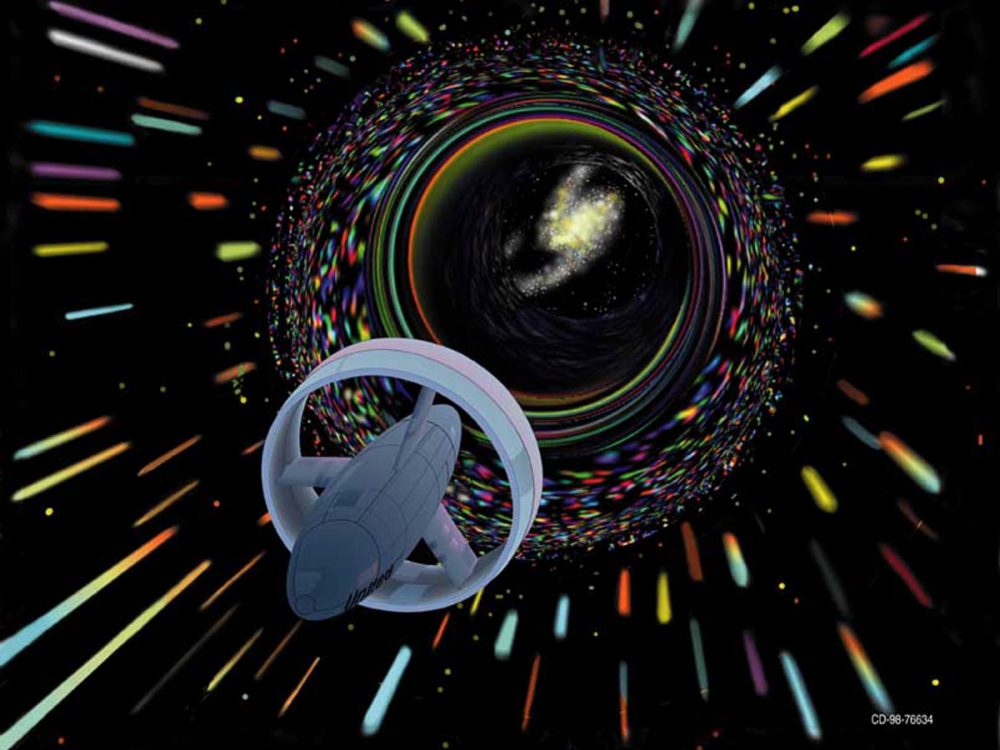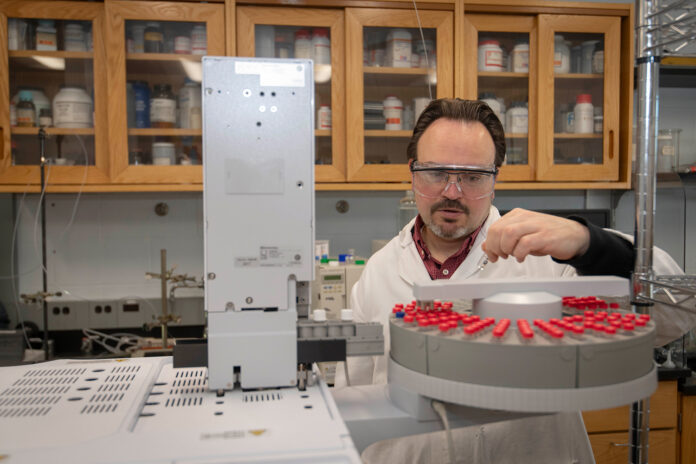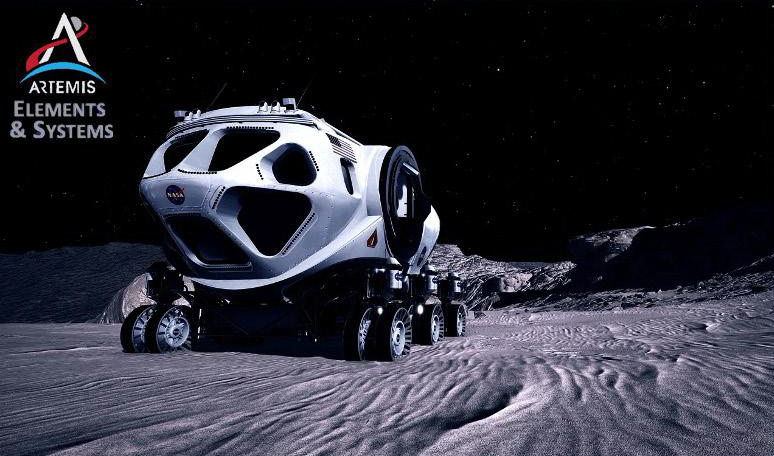Spacecraft Propulsion Systems
Atomic Rockets website provides a “cheat sheet” readers can use to get an overview of the types of nuclear and other exotic engines that might be used for interplanetary space travel, list dozens of types of propulsion systems along with thrust power, exhaust velocity, specific impulse, thrust, engine mass, and more.
Being knowledgable and skilled in rocket technology requires a technical mind and a technical background. John Bucknell of Icarus Interstellar has worked for Elon Musk at SpaceX and on engineering teams at Chrysler and General Motors.
A Roadmap to Interstellar Travel
Icarus Interstellar (II) which works with the British Interplanetary Society, the Institute for Interstellar Studies, Tau Zero Foundation, Global Starship Alliance (GSA), Star Voyager, and Earth 2 Hub, explores projects that focus on making interstellar travel a reality. They currently have the following projects ongoing:
- Focused on motivating new generations of scientists to design space missions to explore the solar system and to scientifically develop realistic technologies that will help make this a reality.
- Focused on making interstellar travel that includes humans onboard a scientific and technical reality.
III. Project Bifrost:
- Focused on nuclear propulsion to determine if it is scientifically feasible.
IV. Project Forward:
- Focused on “beamed propulsion,” which II describes as “Laser and microwave propelled sails are a new class of spacecraft that uses photon acceleration. Its key virtue is that the propelling beam stays behind, on Earth, but more likely in space the beam accelerates the sail and its payload to high speed.”
- Focuses on “the application of living technologies such a protocells, programmable smart chemistry, in the context of habitable starship architecture that can respond and evolve according to the needs of its inhabitants.”
VI. Project Tin Tin:
- Is seeking to “lay the foundations for cost-effective technology and engineering validation CubeSat missions, leading up to the first interstellar precursor mission to Alpha Centauri.”
VII. Project XP4:
- Focuses on “visionary and scientifically rigorous research to ascertain how the known limits of propulsion and power physics for space exploration can be surpassed, and to implement technology breakthroughs that can be approached using credible experimentation and engineering solutions.”
VIII. Project Astrolabe:
- Asks “how are we to understand civilization, so that we can form an idea of its future permutations, and perhaps even to assert a measure of control over what we are to become? There is no science of civilization, and if there is a philosophy of civilization it is nowhere as focused and disciplined as, e.g., epistemology or ontology.”
IX. Project Voyager:
- Is focused on “mapping a path to the stars. Not tomorrow, not in a decade, but today.”
In the following video, John Bucknell discusses the “Nuclear Turbo Rocket.”







